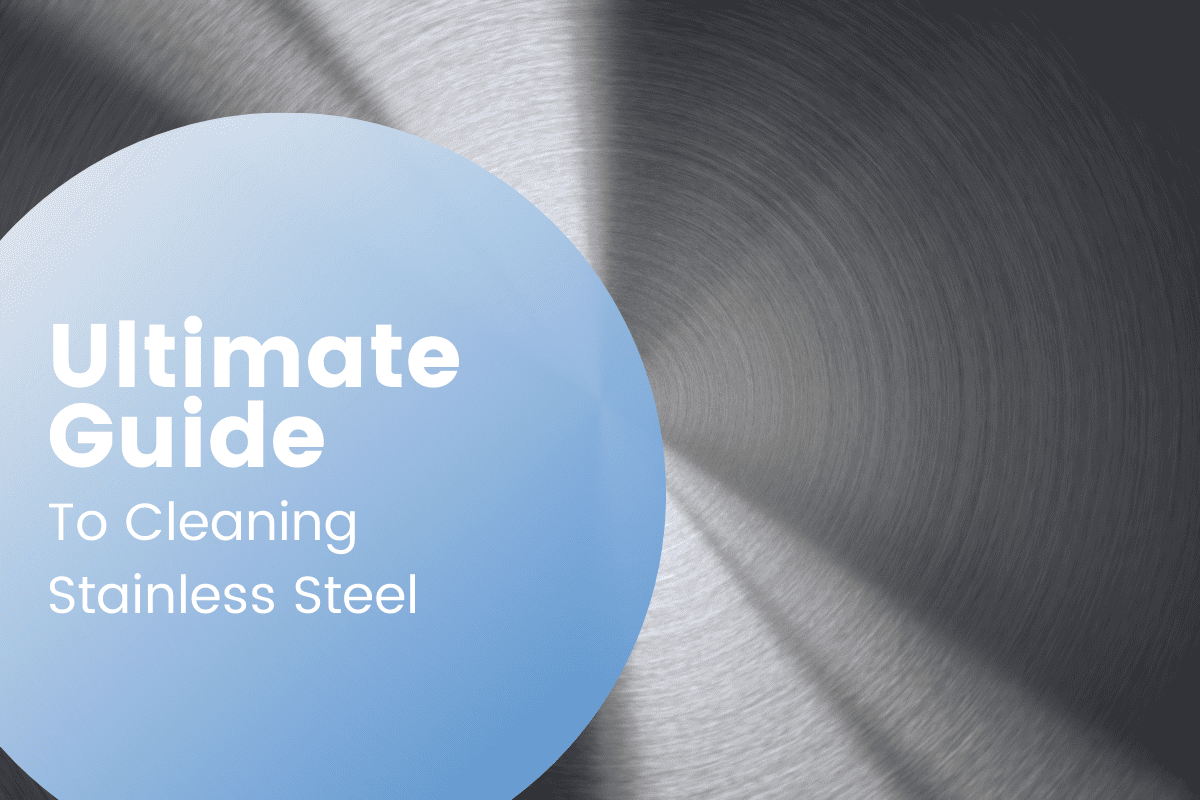
Ever since the start of the pandemic, hospitals and other healthcare facilities have had to put a much larger emphasis on cleaning and sanitization. Keeping hospitals sanitized and disinfected has always been important, but the coronavirus brought it to the forefront of everyone’s minds due to its highly contagious nature and uncertainty of how it was being spread in the early stages of the pandemic.
With this new focus on cleaning protocols, what is the best material for medical equipment? Many experts agree that stainless steel is still the leading material in the healthcare industry.
So what makes stainless steel so special and why is it easier to clean than other metals, plastics, and ceramics?
There’s many reason why stainless is the industry standard for many pieces and parts of equipment, but it starts with the chemical composition of the metal. Stainless steel is an iron-based alloy that has at least 10.5% chromium and less than 1.2% carbon. There are many different metals and elements in stainless as well, and the amount present in the steel varies depending on the grade. These metals and elements include nickel, molybdenum, titanium, copper, carbon, and nitrogen and they all add something different to the stainless steel.
The unique composition of stainless steel gives the metal a very special property which is its resistance to rust and corrosion. This property is what makes stainless one of the easiest materials to sanitize and disinfect, and comes from the addition of chromium to the alloy.
When exposed to oxygen, a chromium-oxide film forms on the surface of the metal which acts as a barrier between the metal and the outside environment. Additionally, the film has the ability to self-heal if it is broken, ensuring that the metal is safe from rust and corrosion. This self-healing film also ensures that no bacteria are viruses can stay on the stainless steel after it is properly disinfected.
Other materials do not have this unique property and can get micro cracks, dents, and scratches where bacteria can stay even after being cleaned. Some scratches and micro cracks aren’t even visible which means that they could be harboring bacteria without your knowledge.
Stainless steel is super easy to clean as long as you know what you’re doing and have the right tools for the job. Some great disinfectants to use are Lysol wipes and Lysol sprays or any similar products that have disinfectants in them. However, it is important to wash the surface afterwards with fresh water because these products can actually be harmful for the stainless if they are left on for too long.
Additionally, if there is potentially dangerous bacteria or germs that are known to be on the surface of the stainless it is a smart idea to wear proper PPE to protect yourself while cleaning the equipment. If you are using a spray and need to figure out what to actually clean the surface with, do not use steel wool or other steel brushes as they can be too abrasive and create scratches that make it much harder to fully sanitize. The best cleaning supplies are soft cloths, gentle brushes and sponges to ensure proper disinfection without harming the stainless steel.
Believe it or not, there is actually a right and a wrong way to clean your stainless steel equipment. To effectively clean a stainless steel surface, you should start by using hot water and soap to rub down the entire surface. Next, you can use a disinfectant such as Lysol and rub the stainless in the same direction as the steel grain for maximum effectiveness.
This should be followed by rinsing the equipment thoroughly with fresh water. Finally, you should wipe the stainless completely dry to ensure that it’s disinfected and ready once again for use. This process should be done after use or anytime that you believe the stainless may have been exposed to harmful germs and bacteria. For a full look at the process, check out this great video for a full breakdown of the proper way to disinfect stainless.
Stainless steel is great because it’s super easy to clean, but that’s not the only reason why it is one of the most popular materials for equipment in the healthcare industry. Stainless is also extremely strong an durable, something that hospitals need in their equipment. Stainless steel carts for example, are able to carry much heavier loads than their aluminum counterparts. The Lakeside 311 Utility Cart has an impressive carrying capacity of 300 lbs. while only weighing in at around 30 lbs. Carts like this are also great because they are very hard to dent or scratch during everyday use.
Stainless steel has been one of the best materials in the healthcare industry for a long time, and it’s not going to go anywhere anytime soon. The benefits of this material are quite numerous and investing in well-made stainless steel equipment is always going to pay off at the end of the day. Lakeside manufacturing makes many types of equipment using stainless steel and are committed to ensuring all of it is top-of-the-line quality. Get in touch with us and ask how we can help implement stainless steel equipment that will last for years into your facility!
